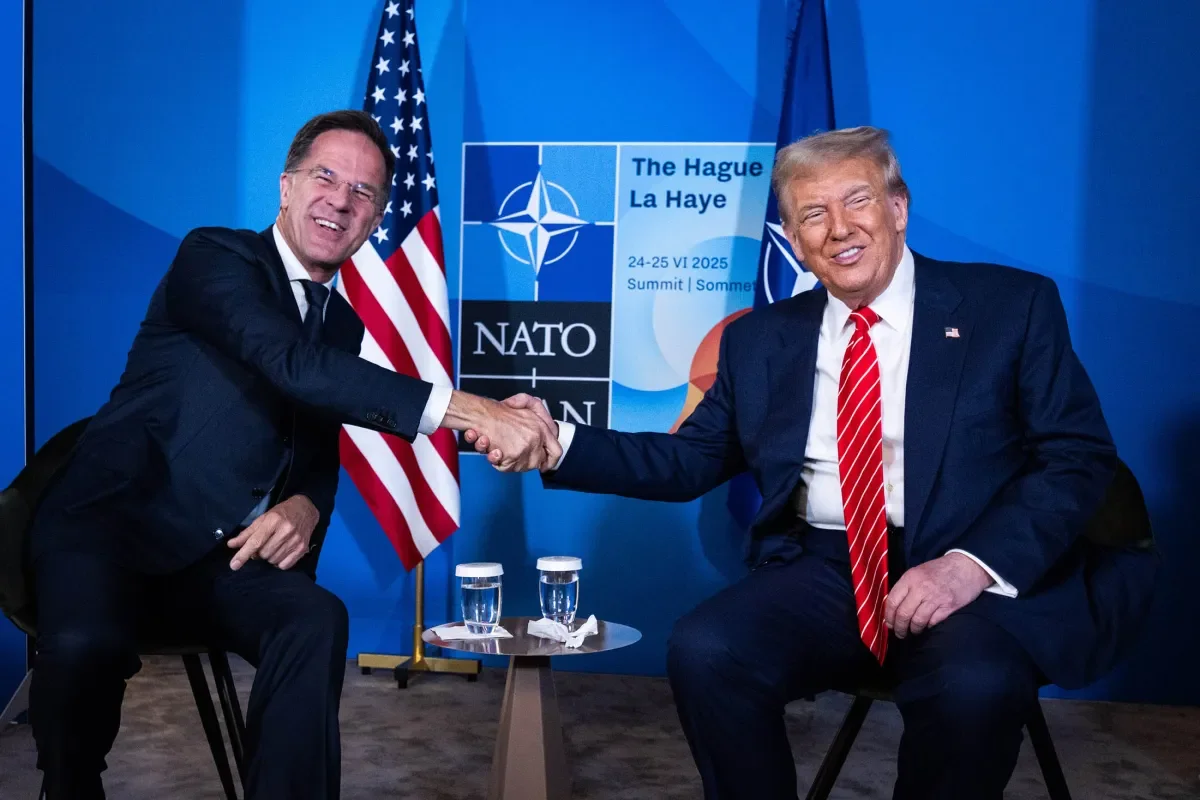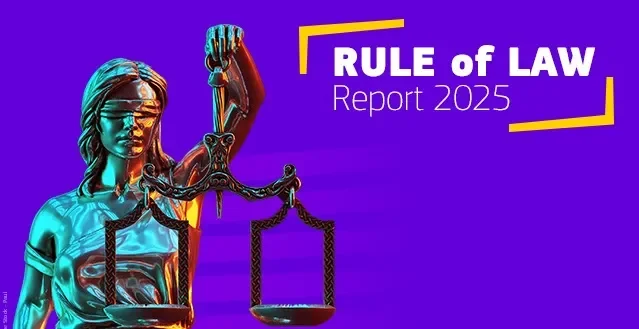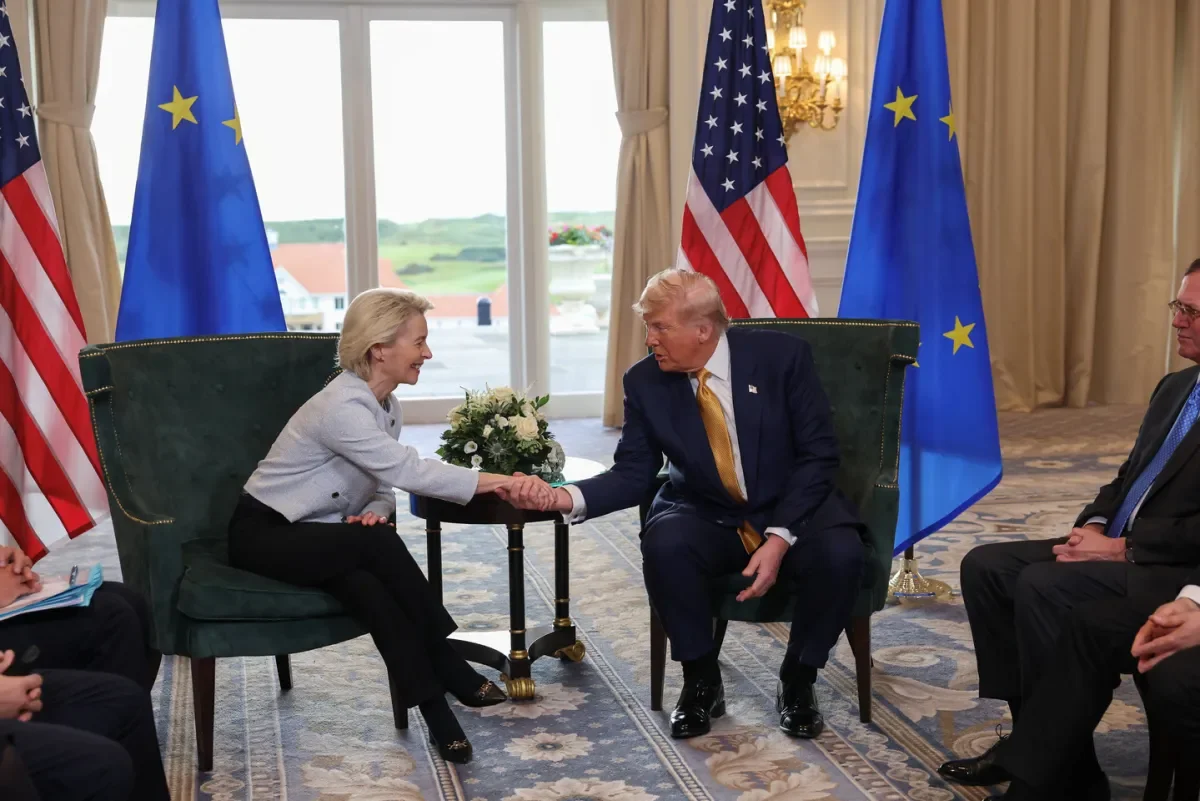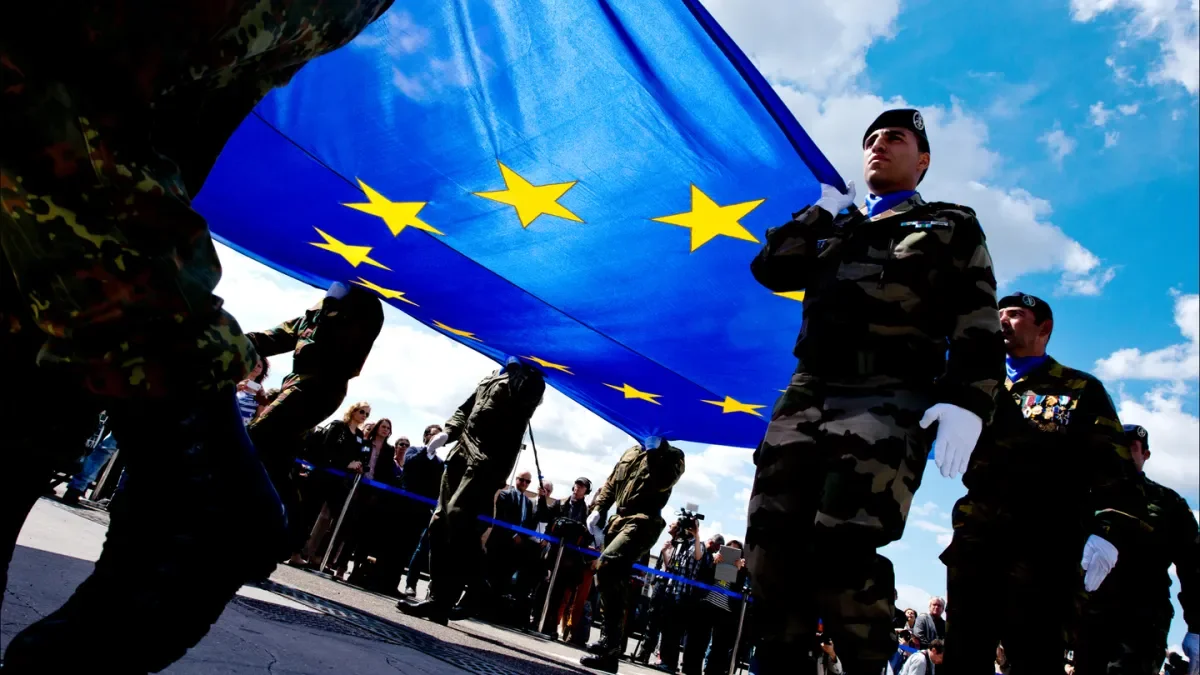
Federica Fazio (Dublin City University)
Last Wednesday, the Heads of State and Government of the 32 NATO nations met in the Netherlands, to take important decisions on how to make the Alliance “stronger, fairer and more lethal”. Ahead of his first Summit, NATO Secretary General Mark Rutte outlined in an op-ed and reiterated at the pre-Summit press conference, what this would require of the signatories of the 1949 North Atlantic Treaty. According to the former Dutch Prime Minister, in order to make NATO stronger, fairer and more lethal, Allies would need to rapidly and significantly increase their defence spending and industrial production, share costs and responsibilities more equally, including support for Ukraine, and continue to strengthen the Alliance’s overall deterrence and defence posture. Though he faced some criticism, both at home and abroad, for his overt flattery of US President Donald Trump, it is worth noting that Mark Rutte delivered on all three fronts and, crucially, managed to “keep the Americans in”. The following sections will address each of these three goals in turn.
First, a stronger NATO.
At last year’s Washington Summit, 9 members still failed to meet the 2% Defence Investment Pledge agreed at the 2014 Wales Summit and the North Atlantic Council (NAC) could not reach consensus on a proposed 2,5% target. In contrast, this year in The Hague the new Secretary General announced that all NATO Allies are expected to meet the 2% baseline by the end of 2025, and despite some resistance from Spain, Allies committed to a Defence Investment Plan aiming for 5% annually by 2035.
That 5% figure is no coincidence. It is no secret that President Trump had requested Allies raise defence spending to 5% of GDP even before returning to the Oval Office, following his re-election last November. But that headline number does not reflect actual defence expenditures in traditional terms.
According to the 5-paragraph Hague Summit Declaration, the new 5% benchmark is split in two parts: 3,5 % of GDP earmarked “to resource core defence requirements” and an additional 1,5% of GDP to be allocated “to inter alia protect our critical infrastructure, defend our networks, ensure our civil preparedness and resilience, unleash innovation, and strengthen our defence industrial base”. At the NATO Public Forum, Rutte clarified that the 3,5% target stems directly from the updated NATO Defence Planning Process (NDPP), a four-year cycle through which Allies align their national defence plans with NATO’s capability needs. This new NDPP is designed to meet recently agreed (and classified) capability targets endorsed at the Defence Ministerial in Brussels earlier this month. This was confirmed by Supreme Allied Commander Transformation (SACT), Admiral Pierre Vandier, NATO’s military heavyweight alongside the Supreme Allied Commander Europe (SACEUR) and the Chair of the Military Committee. SACT further clarified that, for the first time, the NDPP, is directly linked to NATO’s regional defence plans agreed in Vilnius in 2023.Therefore, unlike the Wales pledge, The Hague plan is tied to concrete outputs: specific numbers of aircraft, naval assets, and battalions, and other capabilities that Allies will be required to field in case of attack.
The additional 1.5% of GDP, devoted to broader “defence and security-related” efforts, will undoubtedly open the door to some creative accounting. But its inclusion was a political maneuver, clearly designed to bring the total up to 5% and allow President Trump to claim victory. And it worked. Not only was no major US troop withdrawal from Europe announced at the Summit, (though it was not ruled out either) but the US President publicly endorsed NATO’s Article 5 for the first time. Sitting beside Rutte ahead of the NAC meeting, Trump unequivocally stated “We’re with them all the way…I have been asking them to go up to 5% for a number of years and they are going up to 5%...NATO is going to become very strong with us and I appreciate doing it”. That statement was far from guaranteed, especially coming from a president who, at his last NATO Summit in 2018 had threatened to pull the US out of the Alliance and who, en route to this year’s Summit, stated that he believes “there’s numerous definitions of Article 5”. It should also be noted that, while there were indications that Trump intended to relinquish the position of SACEUR to the Europeans, earlier this month he nominated Lieutenant General Alexus G. Grynkewich to the post.
Following Trump’s remarks, The Summit communiqué reaffirmed in paragraph 1 the Allies’ “ironclad commitment to collective defence as enshrined in Article 5 of the Washington Treaty”. Far from a mere formality, this reaffirmation carries fundamental significance, particularly under a president who had previously questioned the very sanctity of NATO’s mutual defence clause.
It is currently estimated that Russia could be in a position to attack a NATO ally within 3 to 7 years. That assessment, however, assumes continued and active US involvement in NATO’s deterrence and defence posture. Europeans may take issue with Rutte’s conciliatory tone, but antagonising Trump is not a viable option when the safety of 1 billion people is at stake. Like it or not, US commitment remains essential to the credibility of NATO’s deterrence.
Second, a fairer NATO.
As the Secretary General put it at the Forum, “For us, of course, the main argument is not to equalize [with the US]. Yes, that is important because it is fair. But the real reason to do it, the first reason to do it is the Russian threat.”
Donald Trump has long demanded fairer burden sharing within the Alliance. While he is hardly the first American President to raise the issue, he is the only one to have made it a precondition for continued US support. For over 70 years, America has shouldered much of the responsibility for the defence of the old continent. But since the start of the war in Ukraine, countries on NATO’s eastern flank have been steadily increasing their defence investments, to the point that today the US is no longer NATO’s top spender in terms of defence spending as a share of GDP.
According to the Secretary General's Annual Report, the US spent around 3.2% of GDP in 2024. In comparison, frontline states like Poland, Estonia, and Latvia already surpassed or neared 3.5% in 2024, with Poland reaching approximately 4.1% and Estonia and Latvia 3.4%. As a result, these countries have begun to echo Trump’s demands. Even Germany recently announced its intention to reach 3,5% by 2029, the year when The Hague Defence Investment Plan is scheduled for review and a new US president is expected to take office. As Rutte had warned in a speech at Chatham House “we are all on the Eastern flank now…”. Setting a lower core defence spending target would have risked creating divisions within the Alliance, as those already meeting or exceeding 3.5% could have felt they were unfairly bearing a disproportionate share of Europe’s defence. That would have significantly undermined NATO’s internal cohesion.
Europeans need to come to terms with the fact that Joe Biden may have been the last transatlanticist US President. A concretisation of Obama’s “pivot to Asia” would likely have occurred even under a Harris Presidency. Today, Washington's primary strategic concern is no longer Russia, but China. And yet, strikingly, China is not mentioned anywhere in the Summit’s communiqué, and nor is Iran, despite recent escalations. Russia, on the other end, is clearly recognised as posing a “long-term threat” to Euro-Atlantic security. Additionally, although Ukraine was not invited to participate in the NAC meeting, and no mention of a “bridge” to membership was included, unlike at the Washington Summit, the Allies nonetheless reaffirmed their commitment to provide support to Kyiv in paragraph 3.
That commitment goes beyond mere words on paper. Europe and Canada have provided €35 billion in military support to Ukraine in the first half of 2025 alone, compared to €50 billion over the entire previous year. Support for Ukraine is, therefore, intensifying, not waning, with the burden increasingly shifting onto European and Canadian shoulders, which is fairer. Notably, these direct contributions to Ukraine’s defence and industrial base will now be counted toward Allies’ official defence spending.
Third, a more lethal NATO.
The decisions outlined above, particularly The Hague Defence Investment Plan, will serve to strengthen the Alliance’s overall deterrence and defence posture. NATO remains a defensive alliance, but there must be no doubt: if an Ally is attacked, NATO will respond and that response will be swift and lethal. Credible deterrence depends on that certainty. To ensure it, Allies must strengthen their defence industries, both individually and collectively. That is why in paragraph 4 of the communiqué, they committed “to rapidly expand transatlantic defence industrial cooperation”. At the Summit Defence Industry Forum, Allies agreed to enhance multinational cooperation in developing and delivering critical military capabilities, aiming to accelerate procurement, address capability gaps, and ensure the Alliance can respond effectively to both conventional and emerging threats. To this end, joined on stage by European Commission President Ursula von der Leyen, at the Defence Industry Forum, the NATO Secretary General praised the EU’s Readiness 2030 plan but called for the removal of barriers to transatlantic defence cooperation, hinting that current European procurement rules may need to be revised to enable closer EU-NATO defence industrial cooperation, which is key.
As Rutte has stressed, the Alliance must adopt a “wartime mindset” and embrace a “peace through strength” approach. His slogan, “We are not at war, but we are not at peace either” underscores the urgency of ensuring continuous defence readiness and adaptation in an increasingly volatile security environment. Complementing this call for enhanced defence, SACT Vandier highlighted that the Summit itself was an act of deterrence because through visible displays of unity, resolve, and commitment, Allies sent a clear and unequivocal message that NATO stands strong, ready, and united.
Upon returning to Washington, Donald Trump wrote on Truth Social that The Hague Summit “was GREAT, the most unified and productive in history. A wonderful day with incredible and caring Leaders…”. That is about as good an outcome as NATO could have hoped for and Rutte deserves some credit for it. Yes, NATO may have bent, but at least it did not break!

Federica Fazio is a PhD Candidate in the School of Law and Government at Dublin City University. Her research interests lie at the intersection of international law and international relations, with a substantive focus on transatlantic security and defense and EU-NATO relations.



